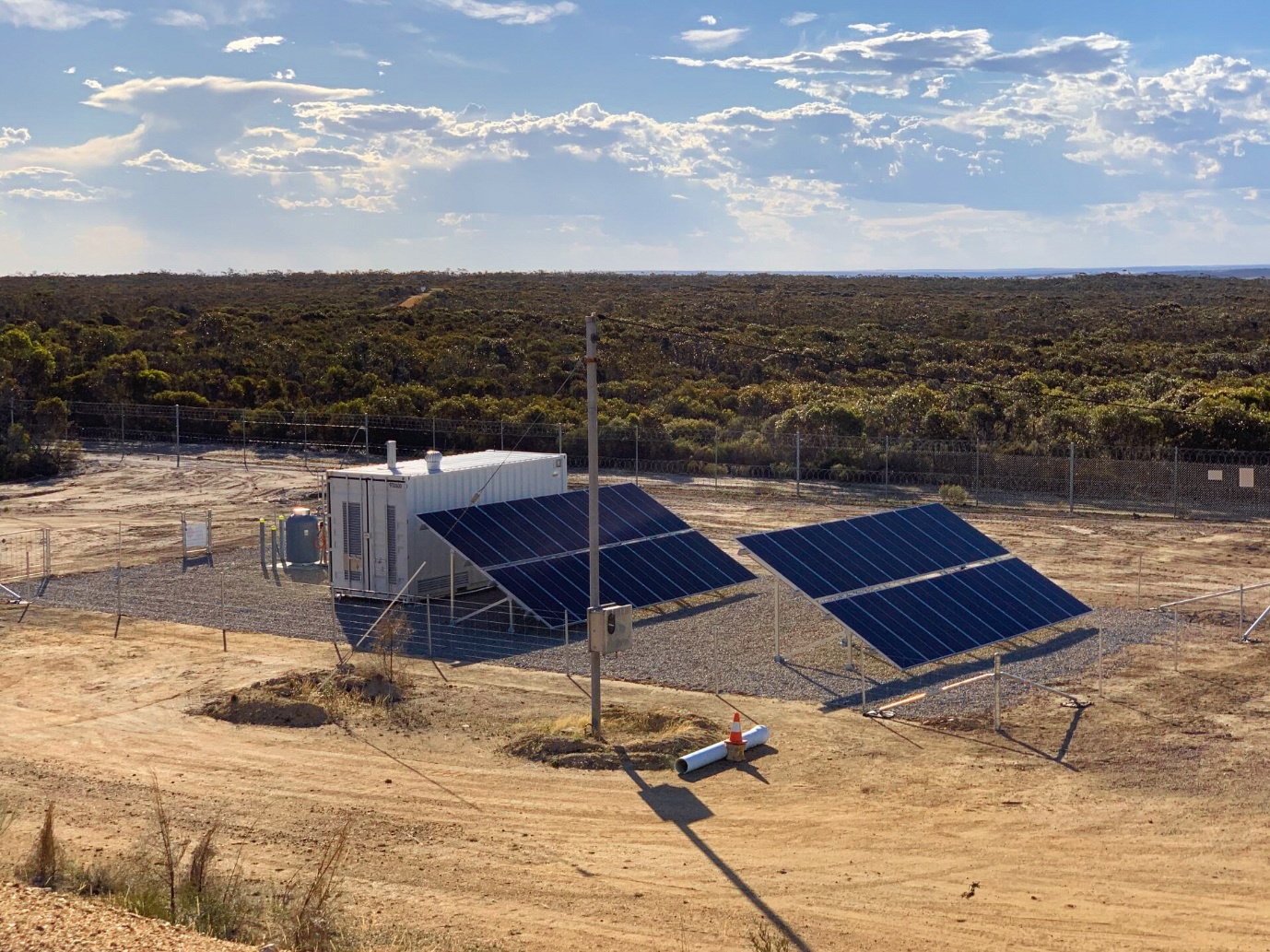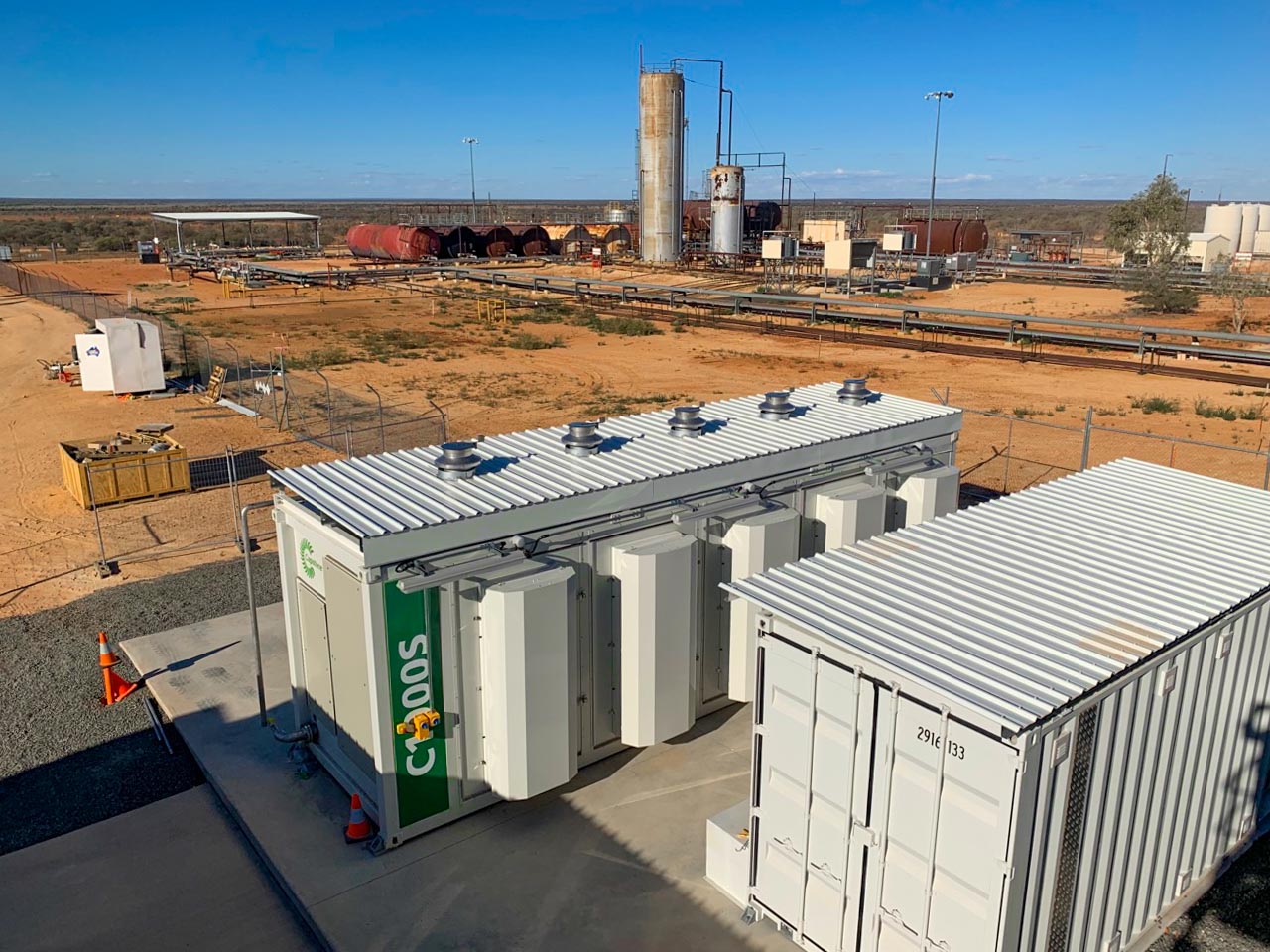In this day and age of increasing natural disasters associated with climate change and increasingly louder questions over our electricity grid’s reliability and modernity, more and more businesses are looking for improved resilience and power security in their energy mix and systems, while they transition towards a net zero carbon future. The solution for this growing issue? Microgrids and Stand-alone Power Systems.
Microgrids
As the Department of Energy, Environment and Climate Action (DEECA) points out, “A microgrid can be thought of as a small ‘subset’ of the electricity grid that provides energy generation and storage at a local level” and they can often “incorporate renewable energy generation (for example, from solar panels or wind turbines) as well as battery energy storage”. Microgrids can provide power independent of the grid during emergencies and power outages (known as islanding) and this can be very useful for regional and rural areas. They are also more intelligent systems, due to their controller which manages the components and resources of the systems to meet the energy needs of goals of the user, whether that be getting the lowest cost energy, lowest emissions, best reliability, among many other outcomes.
 Example of a Microgrid System
Example of a Microgrid System
Stand-alone Power Systems (SPS)
Stand-Alone Power Systems (SPS) on the other hand, provide reliable and versatile power when you want it, wherever you want it. Like microgrids, these systems are often a combination of various technologies such as solar PVs, supercapacitors, batteries, and microturbines and they can deliver reliable, hybrid power in most remote environments. While very similar in features, the two differ in certain areas such as Stand-Alone Power Systems being designed for one user’s need away from a grid, whereas a microgrid are usually utilised by multiple users, and may be connected to a wider grid network.
Key Advantages
Optimal Group engineers, installs, commissions, and maintains microgrid systems, including thermal power generation, energy storage and renewable energy systems. We also deliver Stand-Alone Power Systems, especially for remote use cases. We find the following to be the key advantages of microgrid and SPS solutions:
- Due to their efficiency, they can lead up to 80% reduction in fuel consumption.
- Reduction in power outages by approximately 90% as power is generated on-site, which means that customers don’t have to rely on long power lines for their power.
- Ability to tailor the systems to each customer’s needs.
- Bushfire risk reduced since with powerlines and poles in the area becoming redundant with the installation of a Stand-Alone Power System. It can also minimise farming hazards and is safer for birds, all which results in an overall safer community.
- The option to utilize low-emission fuels such as Compressed Natural Gas (CNG), Liquified Petroleum Gas (LPG), or biogas as alternatives to diesel.
- Since, microgrid and SPS incorporate the latest renewable energy technologies, these systems are able to reduce the user’s carbon footprint. These systems are usually able to facilitate up to 75% renewable components.
- These systems offer remote monitoring capabilities, low maintenance requirements, and high operational uptime.
- They also eliminate the risk of environmental contamination from diesel, oil, or coolant.
Optimal Group’s Experience
Optimal Group operates hundreds of these systems in harsh & remote conditions across Australia, which still requires dispatchable, flexible power for times when just wind or solar are unavailable. Many of these sites are inherently isolated and occasionally unmanned, emphasizing the importance of uninterrupted operational uptime and self-sufficiency that SPS and microgrid systems offer. In most of these sites we are replacing diesel generators and in comparison, to diesel, gas is more readily available, cleaner, is lower cost and can be stored longer.
 Microturbines installed at Tarbat oil field
Microturbines installed at Tarbat oil field
For example, in 2019 we designed, supplied, installed, and commissioned a stand-alone power system running on both solar and natural gas, for Australian energy giant, Santos, for its Tarbat oil field located in Southwest Queensland. The system included a 1MW bank of microturbines and fuel gas conditioning system, Optimal custom designed grid stability (ultracapacitor load smoothing) module, stand-alone battery storage container integrated to turbine DC bus, active harmonic filtering module, switchboard, step transformer and 250 kW solar PV array. This world-first solution reduces the site's emissions by an estimated 50%.
Sources
DEECA. (2023, November 6). Microgrids. https://www.energy.vic.gov.au/renewable-energy/microgrids
Endeavour Energy. (n.d.). Microgrids. https://www.endeavourenergy.com.au/modern-grid/projects-and-trials/microgrids
Masterson, V. (2022, May 6). What are microgrids – and how can they help with power cuts? World Economic Forum. https://www.weforum.org/agenda/2022/05/what-are-microgrids-renewable-power/
Western Power. (n.d.). Stand-alone Power System. https://www.westernpower.com.au/resources-education/our-network-the-grid/grid-technology/stand-alone-power-system/
Wood, E. (2023, March 13). What is a microgrid? Microgrid Knowledge. https://www.microgridknowledge.com/about-microgrids/article/11429017/what-is-a-microgrid
